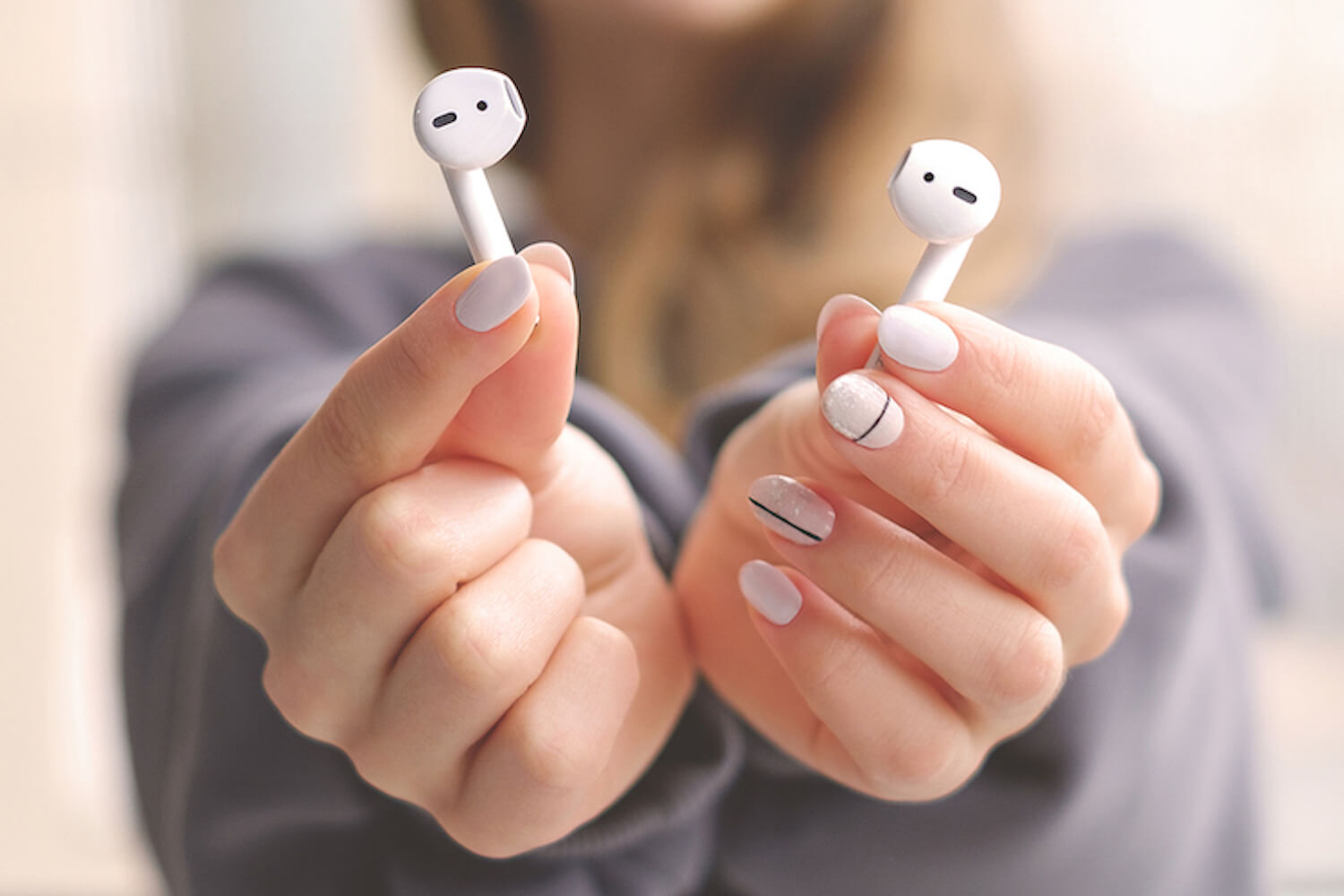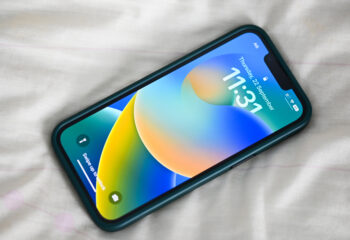In the earliest days of AirPods, people would frequently ask, “Do they fall out?” and “Are you afraid you’ll lose them?” The answer to both questions was, and still is, “Yes.” But that did not deter the adoption of this product more than 100 million times. The exceptional wireless experience far outweighed the fear of loss. Apple also made it less of a concern by adding “Find my AirPods” and selling replacement pods and charging cases separately.
The accessibility factors are significant, for all users, visually impaired or not. Once connected to your device AirPods re-connect easily and pause automatically when you take them out of your ear. No more getting tangled up in wired buds or constantly pairing the dropped connections on Bluetooth earpieces. Feel free to use a pod in just one ear, or both. A full charge on AirPods provides up to 5 hours listening, or 3 hours talk time, and the wireless charging case rapidly recharges the Pods for up to as many as 24 hours of use.
Communicating with Siri is a totally touch-less activity. Say, “Hey Siri, play the OE Patients Podcast.’ “Hey Siri, call Lucinda on mobile.” “Hey Siri, check my AirPods battery level.” “Hey Siri, turn up the volume.” “Hey Siri, what time is it?” Let Siri “Announce Message” as they arrive. Select the contacts you wish to allow and Siri knows not to interrupt if you’re on a call. It’s worth noting, while AirPods are compatible with non-Apple devices, the Siri features are not.
All that popularity has naturally spawned more AirPod options. The original AirPods are quite satisfying, or go ahead and splurge on Air Pods Pro for better sound quality and the adjustable in-ear fit and the peaceful state of active noise cancellation. Should the fear of loss still grip you, consider Power Beats Pro, another premium wireless Apple earbud with a design that holds it very securely in your ear. Prices range from $159. to $249. and you can always Google for the best sale price of the day. There is also the AirPods Max, at $549, a wireless headset, considered the highest in fidelity.

Apple AirPods and AirPods Pro side by side on blue background.

Image shows Powerbeats Pro wireless ear bud with secure ear hooks.







